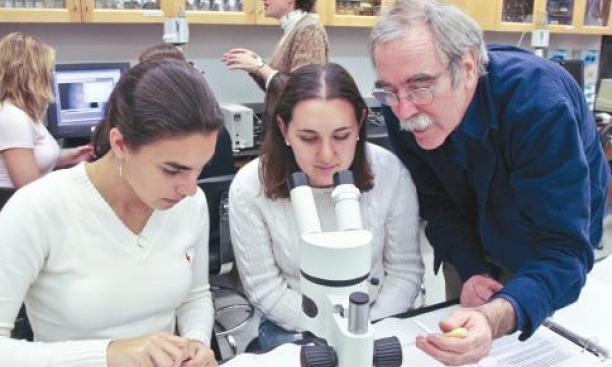

There are myriad ways to gauge the quality of our nation’s colleges and universities—from concrete measures such as graduation rates and student–faculty ratios to less tangible yardsticks such as institutional reputation and alumni contributions to society. Choosing an appropriate set of metrics that is a meaningful reflection of the quality of education provided is challenging enough, but there is also the question of how much weight to assign each metric. And, finally, given the institutional diversity that abounds in American higher education and is, I would argue, among its greatest strengths, to what extent can colleges and universities be reasonably compared at all?
The difficulty of fully and fairly “grading” educational institutions has not deterred a number of organizations from developing ranking systems, led by U.S. News & World Report, which introduced its first list of “America’s Best Colleges” in 1983. In 2008, Forbes.com entered the fray on the grounds that “for too many years, information about the quality of American higher education has been monopolized by one publication,” but there are other options for the curious, including The Princeton Review’s “Best 373 Colleges,” Black Enterprise’s “Top 50 Colleges for African Americans,” and, globally, Times Higher Education’s “World University Rankings” and Shanghai Jiao Tong University’s “Academic Ranking of World Universities.”
While even the most rigorous ranking systems must be approached with caution, there is one that carries particular weight for us and many of our peers—the National Research Council’s “Data-Based Assessment of Research-Doctorate Programs in the United States,” which was released last fall after a long gestation. Under the leadership of former Princeton Provost and current Professor of Astrophysical Sciences Jeremiah Ostriker, a committee gathered data on more than 5,000 doctoral programs in 62 fields at 212 universities, yielding an unprecedented cross section of graduate education designed to facilitate both institutional self-improvement and informed decision-making on the part of potential graduate students. Programs were analyzed based on 19 to 20 characteristics, which were then weighted according to their relative importance in the eyes of each field’s faculty using two distinct methodologies.
The rankings provide an objective bird’s eye view of the quality of the faculty, as measured by their publications and the frequency with which those publications are cited by others, competitive research grants and fellowships, and prestigious awards. The credentials of our graduate students and their ability to attract external support for their work are also factored into the rankings. The successful progress of students through their programs is measured by their time-to-degree, completion rate, and success at finding academic employment—important indicators that graduate programs are serving their students well. And it is gratifying indeed that the rankings also pay attention to the diversity of both the faculty and students, consistent with Princeton’s view that a diverse institution provides the most effective learning environment.
Where then do we stand? Not surprising to those who believe that our doctoral programs are among the finest in the world, we did very well indeed. By one measure, Princeton has a higher percentage of highly ranked programs than any other major American research university, and, more importantly, our strength is distributed across all four divisions—the humanities, the social and natural sciences, and engineering. Of the 35 programs surveyed, 21 stood at the very apex of their respective fields, with no other program more highly ranked. The rankings reflect our long-standing practice of making hard choices about what disciplines to emphasize at Princeton. By not electing to do everything, we can focus intensively on becoming pre-eminent in what we choose to do.
If this is good news for Princeton’s graduate students, it is also good news for our undergraduates, who come to Princeton to work with world-class faculty. I have always said that Princeton is a virtuous circle, where great faculty come to work with great students, and great faculty attract great students. It is quite a different experience to learn about embryonic development from reading a textbook than to learn it from Professor Eric Wieschaus, whose Nobel Prize-winning work laid the groundwork for the entire field. Having taught with Eric, I can say this with complete conviction!
